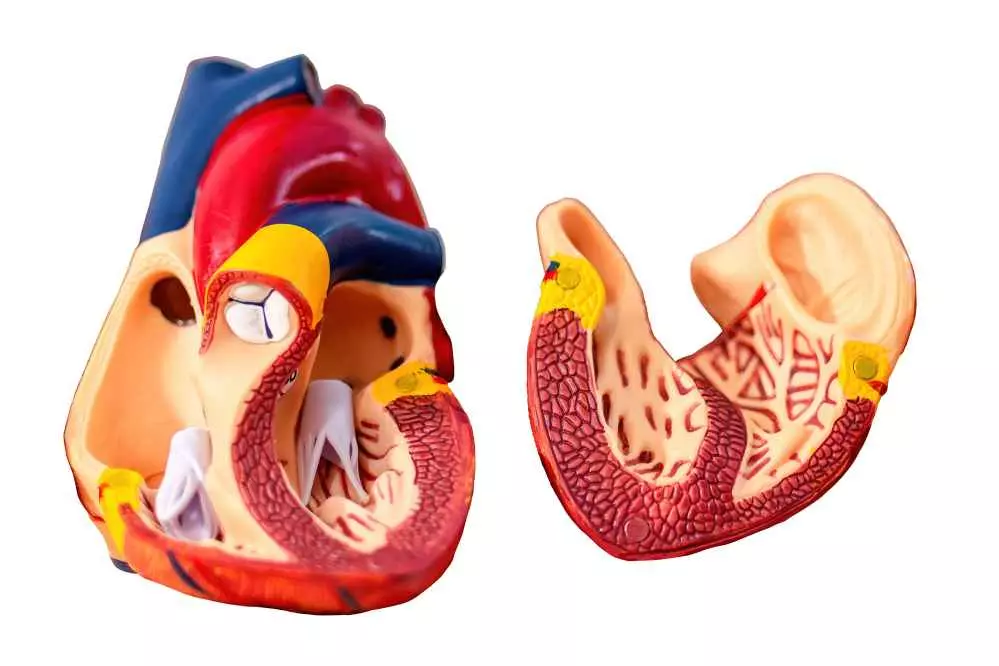Introduction to anatomical exhibitions
Anatomical exhibitions have fascinated audiences around the world for years. They are unique events that combine science and art, allowing visitors to explore the secrets of the human body. From the first exhibitions, which took place in the 19th century, to modern, multimedia exhibitions, their popularity has continued to grow. So why do these events attract so many people? The answer lies in the unique combination of education, excitement and controversy that accompany such exhibitions.
The purpose and importance of anatomical exhibitions
Anatomical exhibitions are primarily aimed at education. They allow visitors to see firsthand what the human body looks like, which increases awareness of biological functions and processes in the body. A wide range of anatomical models, interactive presentations and visual studies make the acquisition of knowledge more engaging and attractive.
However, these exhibitions are not just about knowledge. It's also an opportunity to confront oneself and think about life, death and ethical aspects related to science. This is why many visitors feel strong emotions, making a visit to such exhibitions truly unforgettable.
Psychological aspects of exhibitions
The human psyche is characterized by constant curiosity, and anatomical exhibitions provide it with answers to questions related to the body and health. Nevertheless, not everyone is comfortable being surrounded by them. People react differently to contact with "dead" matter, and their reactions can range from fascination to disgust. In a social context, these exhibitions can also provoke conversations about topics that are usually bypassed in everyday conversation.
In a psychological context, studies show that visiting such exhibitions can influence the development of certain attitudes toward health and medicine. Increased awareness of anatomy and biological processes can encourage healthy lifestyles and regular medical examinations.
Ethical aspects of anatomical exhibitions
Anatomical exhibitions also raise controversy over ethical issues. These concerns mainly revolve around the origin of the exhibits, as well as the manner in which they are presented. Many critics explain that exhibits should respect the dignity and memory of the dead whose bodies are used for educational purposes. Questions often arise as to whether the people whose bodies are on display have consented to such recent displays.
In response to these allegations, some organizations organizing the displays are taking steps to ensure that the bodies come from legitimate sources and that those who donated them for scientific purposes were properly informed. Dialogue on ethics and transparency is therefore becoming a key element in the context of such events.
The impact of technology on anatomical exhibitions
Developments in technology have had a significant impact on the way anatomical exhibitions are organized and perceived. Innovations such as virtual reality (VR) and interactive screens add to the visitor experience. Through such technologies, the complexity of the various body systems can be better understood, which in turn engages the audience on a whole new level.
Technology thus provides an ideal tool for exploring anatomy in a way that is both safe and respectful of human bodies. Interactive elements can inspire visitors to further explore the subject and appreciate the complex structure of the body.
Summary and future of anatomical exhibitions
Anatomical exhibitions play an important role in public education, providing visitors not only with knowledge, but also with emotion and reflection. Although they still stir controversy over ethics, their educational value is undeniable. As technology advances, these exhibitions can become even more engaging, combining education with experience.
The future of anatomical exhibitions will require further discussion of ethics and innovative approaches to presenting content. Ensuring that the use of bodies for educational purposes is done with the utmost respect and understanding will be key. From a societal perspective, such exhibitions have the potential to promote health and a better understanding of biology, which can benefit society as a whole.
